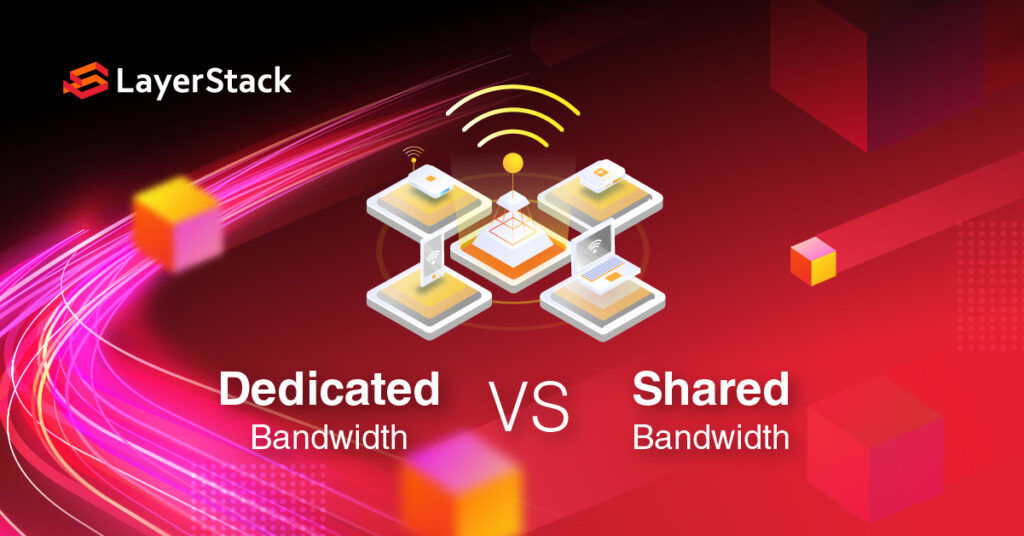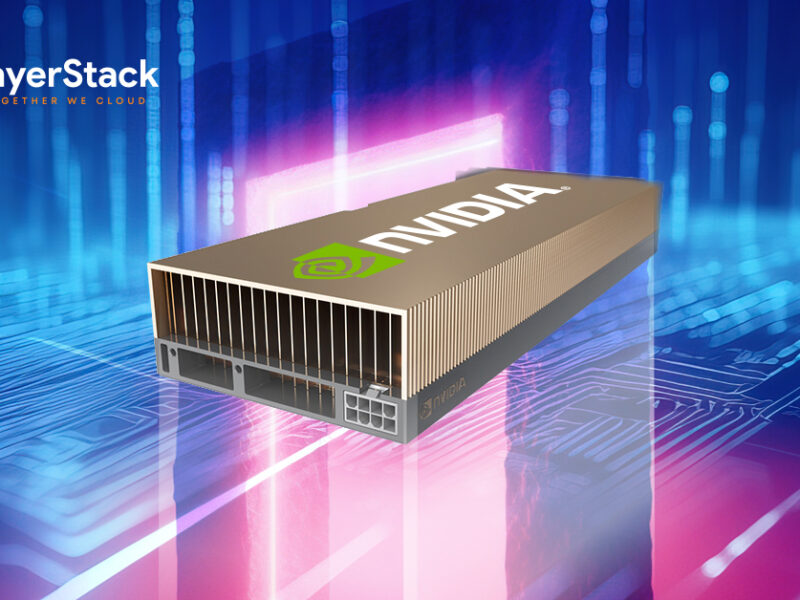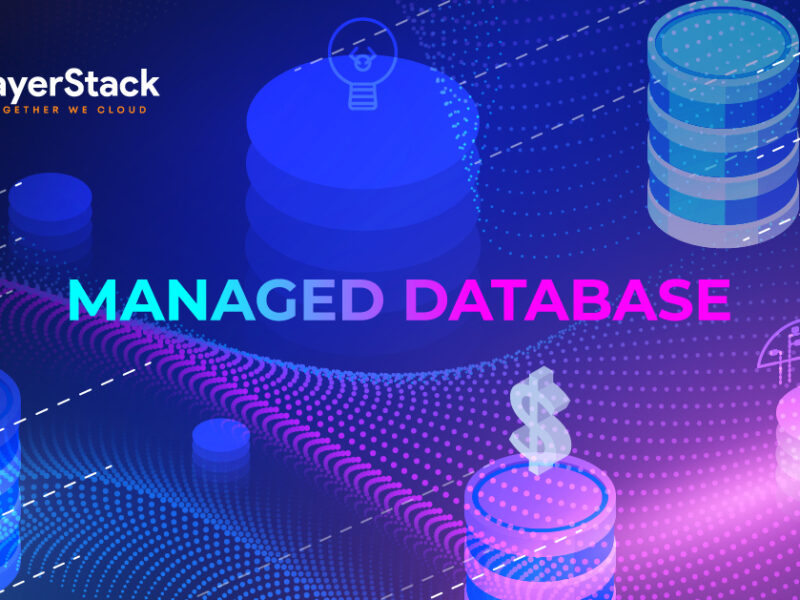
Shared or dedicated – two words that you may come across on multiple occasions during the course of looking for a perfect cloud server plan for your business. From the actual cloud server, memory, to internet connection (a.k.a. the bandwidth), it’s not uncommon that you need to decide and pick one from the two options. What is the difference between the two? Why are there such price differences? In this week’s post, let’s dive in and learn all about shared and dedicated bandwidth.
What is bandwidth?
Bandwidth, predominantly measured in Mbps (or Megabytes per second), is the maximum volume of data that can be transmitted in one second. The more bandwidth, the more data can be sent and received at a certain time, essentially meaning a faster connection.
Shared bandwidth
When a cloud server plan offers a shared bandwidth, it means several users are using the same internet connection, and everyone essentially gets a fraction of the bandwidth.
In many cases, especially when traffic is light and if your business does not rely on data-heavy applications, overall server performance rarely suffers. Also, in times where other users are inactive, you have the potential to enjoy the benefits of a full bandwidth.
One big plus about a shared bandwidth plan is its price. As you are also splitting the cost among other users, it is a more economical option for businesses who need the cloud server for small to medium databases and everyday back-office operations.
In fact, you can spend the money you save on a plan with a shared but higher bandwidth for a faster connection.
Dedicated bandwidth
Dedicated bandwidth means you have every ounce of the guaranteed bandwidth at your disposal. This means your connection is more resilient to peak traffic because it is independent of other users.
While plans with dedicated bandwidth are generally more expensive, you enjoy the benefits of solid uptime and stability.
Workloads that involve constant upload, download, or transfer of large files or amounts of data, as well as time-sensitive functions like e-commerce service can take advantage of a bandwidth solely devoted to you. It is also a good option for businesses that have a sizable workforce sharing the same internet connection.
Which one is your right choice?
At the end of the day, the choice eventually comes down to your needs and budget. It is best to assess your own circumstances before jumping to a decision.
Yes, it’s easier said and done. That’s why LayerStack is willing to take one step further and provide you with a free consultation regarding which setup is best for you. Simply reach out to our solution specialists upon signing up.


